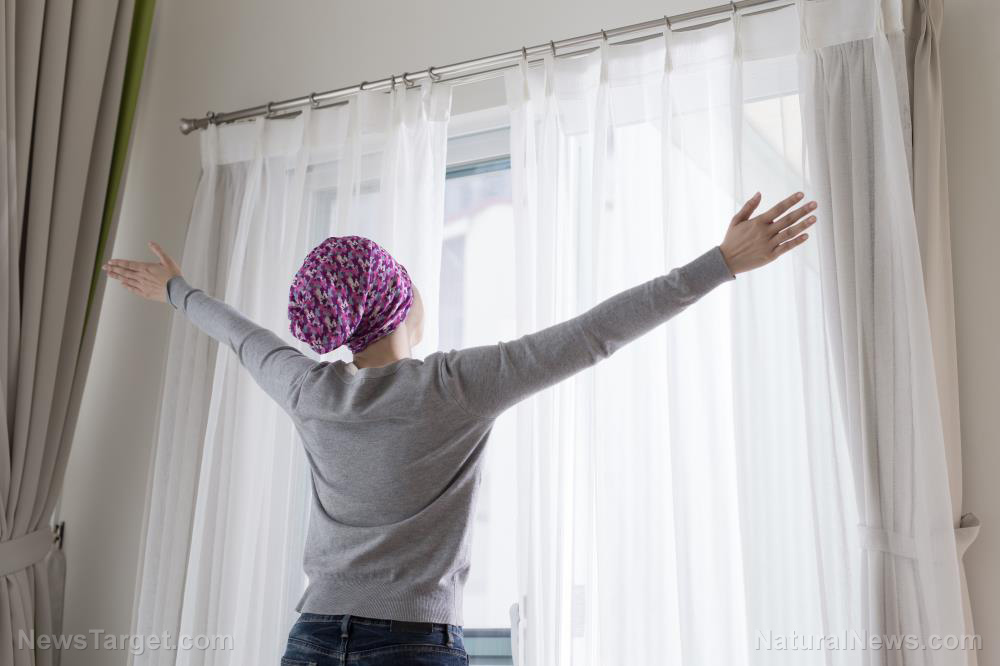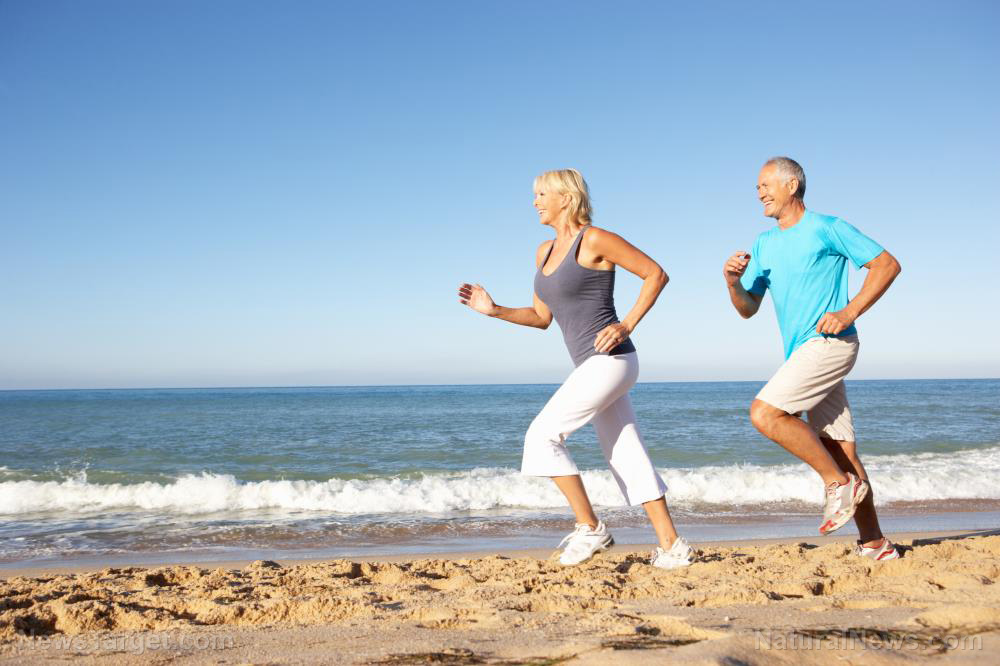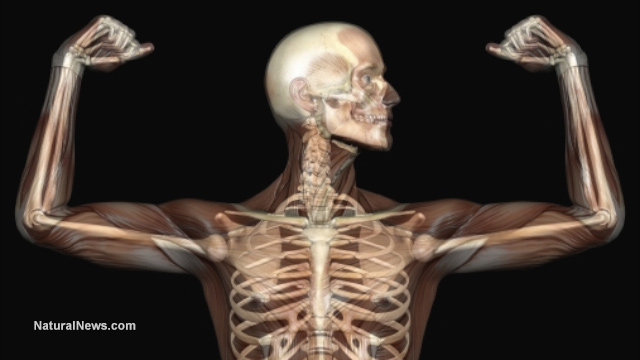Regular physical exercise can help enhance your mood and address depression
03/17/2019 / By Edsel Cook

A routine workout could do more than just burn fat, improve your muscle, and increase your cardio. Many animal and human studies show that physical exercise activates processes in the brain that improve your mood and amend depression over short and long periods of time.
Regular bouts of physical activity could increase the amounts of mood-elevating chemicals in the brain, encourage the formation of new brain cells, stop oxidative stress that harms those cells, and improve the activities of the immune system. They could also encourage the brain to restructure itself by forming new connections between neurons.
Furthermore, physical exercise increases the self-sufficiency of the practitioner. It also improved the social relationship with fellow exercisers.
Last but not least, routine exercise could succeed where antidepressants fail by helping people sleep better. Chronically-depressed people tend to be insomniacs as well, so improving the quality of their sleep help them function better once they wake up rested.
Exercise could be taken as an individual therapy for depression and moodiness. It could also support conventional treatments, including cognitive behavioral therapy and bright light exposure therapy. (Related: Physical exercise for mental health: New research concludes that children’s memory, attention, ability to learn improves after engaging in physical activity.)
Regular physical exercise as a standalone therapy for depressed moods
Both controlled trials and systematic reviews agree that routine physical exercise will usually lead to better moods. People who have higher levels of physical activity are shown to be less prone to depression.
There is no difference between aerobic exercise and non-aerobic exercise. Both forms of physical conditioning produce the same level of beneficial effects on mood.
A 2014 study conducted by Goethe University in Frankfurt evaluated the effects of regular aerobic workouts on patients with chronic depression. These people often had difficulty solving problems and remembering things, but their cognitive capacity and recollection improved after they exercised.
So far, these studies have not yet identified the best length of time for an exercise session to trigger the mood improvements. Nor have they figured out how many times per week a person must exercise. Researchers did theorize that the age and physical condition of a person played big roles in determining how long and how many times that person should work out.
Exercise can improve the effectiveness of standard treatments for depression
Norwegian researchers at the District General Hospital of Førde analyzed nearly 1,000 patients with depression in 2017. The participants took up physical exercise either as a standalone treatment or in tandem with antidepressant therapy. The results showed that exercise could reliably improve the symptoms of depression in both groups of patients.
A 2014 study by Italian researchers at the University of Cagliari investigated physical exercise as an add-on therapy in patients suffering from major depressive disorder. They compared patients who regularly undertook physical exercise and those who took an antidepressant but didn’t work out.
The Cagliari researchers reported that physically-active patients demonstrated much more positive response to the treatments. Furthermore, the improvements to the moods of the participants consistently took place after exercising.
Other studies have determined that adding regular physical exercise to ongoing depression therapies made the treatment more effective. This applied to antidepressants, cognitive behavioral therapy, and other modalities.
These results indicate that physical exercise is about as effective as pharmaceutical antidepressants when it comes to lifting the mood of moderately-depressed patients. It is also comparable to complementary and alternative treatments like St. John’s wort.
To further increase the mood-elevating effects of physical exercise, it is recommended to work out in a brightly-lit environment. Taking additional nutrition in the form of vitamins is also suggested.
Sources include:
Tagged Under: alternative medicine, beatdepression, depression, exercise and brain health, fitness, happiness, healing, mental, mood, mood boosters, mood enhancer, natural cures, natural health, natural remedies, physical exercise, preventing depression, research, slender



















